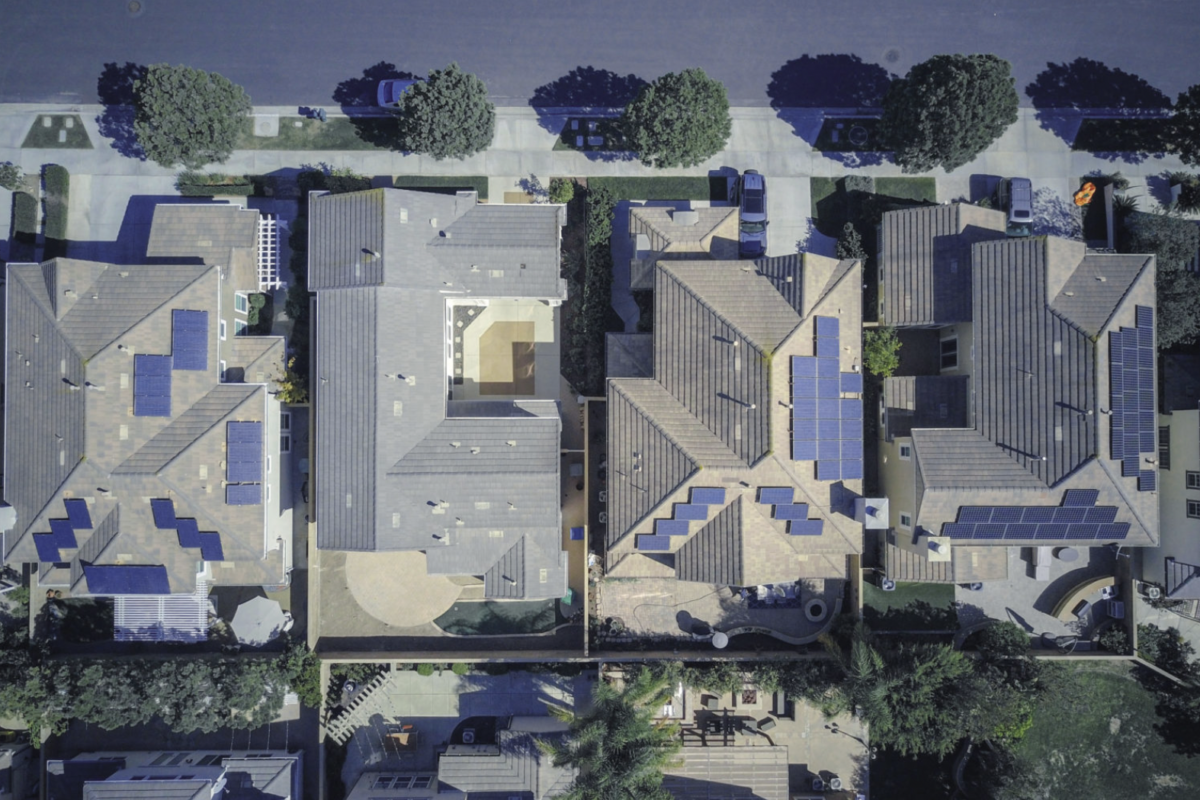Engineers from the University of Michigan have developed a new algorithm capable of designing optical multilayer film structures for applications, including solar cells.
OptoGPT (Opto Generative Pretrained Transformer) harnesses the computer architecture underpinning ChatGPT to work backward from desired optical properties to the material structure that can provide them.
The algorithm produces designs for multilayer film structures, consisting of stacked thin layers of different materials, reportedly within 0.1 seconds. Well-designed multilayer structures can maximize light absorption in a solar cell, and can also optimize design in other optical component manufacturers, such as telescopes. On average, OptoGPT designs contain six fewer layers than previous models, according to its creators. This means that its designs are easier to manufacture.
“Designing these structures usually requires extensive training and expertise as identifying the best combination of materials, and the thickness of each layer, is not an easy task,” said L. Jay Guo, professor of electrical and computer engineering at the University of Michigan. The model operates by treating materials at a certain thickness as words and encoding the associated optical properties as inputs. It seeks out correlations between these “words” and predicts the next word to create a “phrase” that achieves the desired property. “In a sense, we created artificial sentences to fit the existing model structure,” said Guo.
Guo is the corresponding author of “OptoGPT: A foundation model for inverse design in optical multilayer thin film structures,” a research paper that was recently published in Opto-Electronic Advances.
The paper says OptoGPT can “effectively deal with the non-trivial inverse design problem in multilayer structure … Combined with many proposed techniques, our model can unify the inverse design under different types of input targets under different incident angle/polarization, be versatile to different types of structures, as well as facilitate the fabrication process by providing diversity and flexibility.”
The researchers acknowledged that even though they used a large-scale dataset with 10 million samples for training, the dataset “only covers a small fraction of the expansive and complex design space associated with optical multilayer thin film structures.”
They said that because of the limitations in the training dataset, OptoGPT might not identify designs that fall outside the sampled design space.
“Close collaboration across multiple research groups is needed to obtain a better model for a more general and better photonic inverse design that expands to more complicated structures,” concluded the researchers.
This content is protected by copyright and may not be reused. If you want to cooperate with us and would like to reuse some of our content, please contact: editors@pv-magazine.com.




By submitting this form you agree to pv magazine using your data for the purposes of publishing your comment.
Your personal data will only be disclosed or otherwise transmitted to third parties for the purposes of spam filtering or if this is necessary for technical maintenance of the website. Any other transfer to third parties will not take place unless this is justified on the basis of applicable data protection regulations or if pv magazine is legally obliged to do so.
You may revoke this consent at any time with effect for the future, in which case your personal data will be deleted immediately. Otherwise, your data will be deleted if pv magazine has processed your request or the purpose of data storage is fulfilled.
Further information on data privacy can be found in our Data Protection Policy.